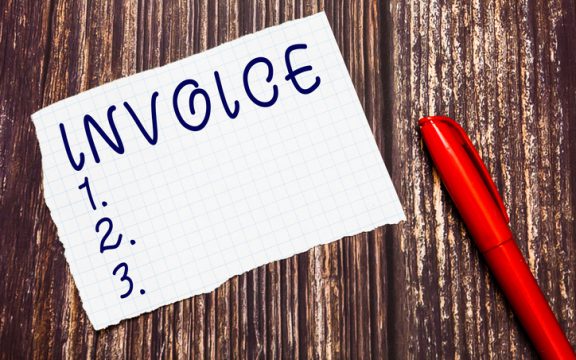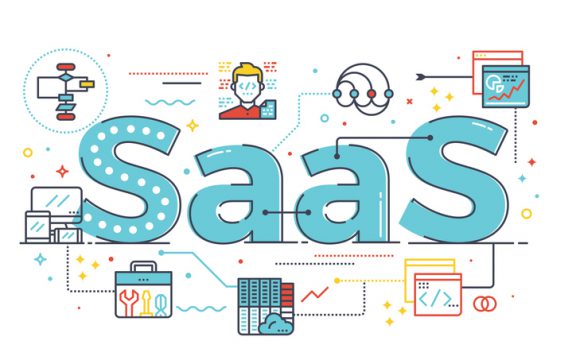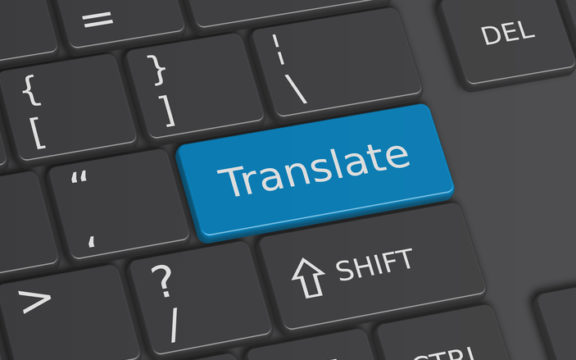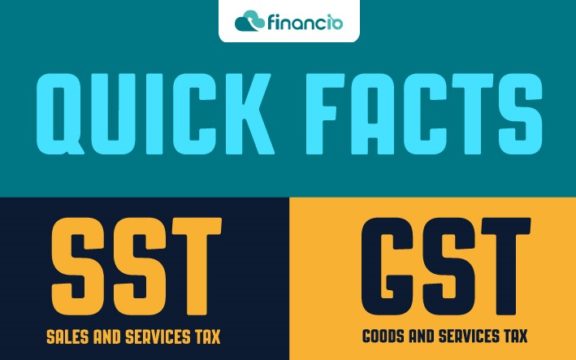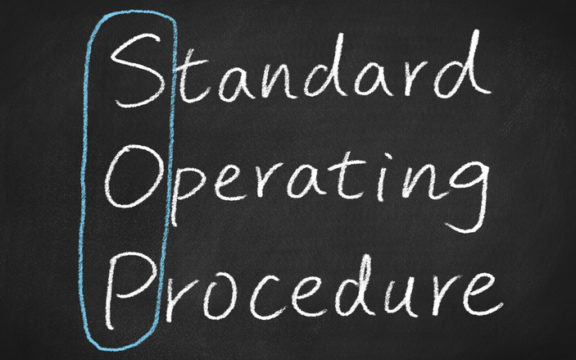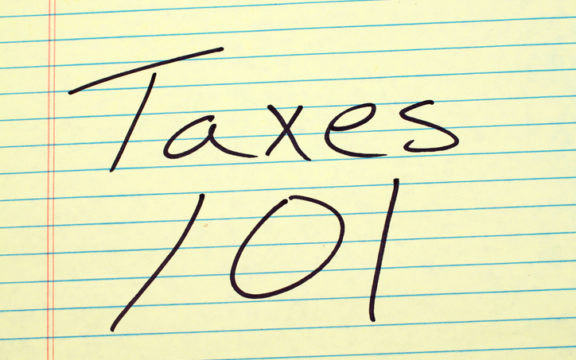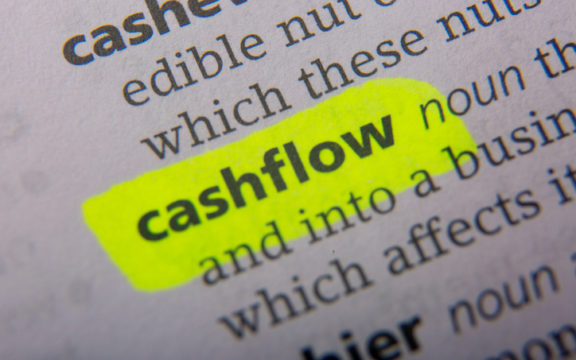Businesses of all sizes need cash in hand to respond to unplanned business needs as they arise. A cash fund set aside for this purpose gives businesses better control to handle business operations effectively. This type of fund is known as petty cash.
What is Petty Cash?
Petty cash is a small amount of money in the form of cash, kept aside and made easily accessible for handling business expenses like employee lunch, postage and delivery fees, office supply purchases, emergency purchases, and more.
It helps employees avoid the inconvenience of writing a cheque and enables them to make payments in situations where cheques are not possible or acceptable.
The size of petty cash funds is determined based on daily or weekly cash expenses made and can range from RM50 to RM1,000.
Benefits of Petty Cash
Petty cash brings lots of benefits when appropriately implemented in business. The following are several reasons why businesses should adopt this practice.
- Flexibility
The petty cash system allows one to make quick payments for emergency or last-minute services. With some cash in hand, payment can be made immediately, eliminating the long payment process for both the merchant and the employee.
- Less Expense Tracking
Petty cash use requires less supervision than other spending options. An employee assigned to handle petty cash does not require stringent management, as standard procedures are in place to ensure that each transaction runs smoothly and effectively. - Highly Suitable for Small Purchases
When it comes to making small value emergency purchases, petty cash is an ideal option. Cash is a faster payment option compared to cheques when the need arises to make an immediate purchase.Besides, not all merchants take credit cards or cheques for small purchases, and some banks impose a minimum value for withdrawal using a cheque. In such situations, petty cash facilitates these small purchases easily.
- Accountability
The use of petty cash in an organization promotes accountability. Most businesses elect a petty cash custodian. Each time an employee takes money from the petty cash fund, the petty cash custodian records the amount taken.After making one or more purchases, the employee provides receipts to the petty cash custodian. At the end of each week or month, the custodian counts any remaining petty cash to ensure money taken is equal to the amount spent during the period.
This practice is to ensure transparency and avoid any misuse of funds.
How to Set Up a Petty Cash Account
The first step of setting up a designated petty cash account is to ensure that procedures are followed and maintain financial visibility throughout the business. A petty cash account is easy to set up and requires adhering to specific techniques.
It would be best to assign a petty cash custodian to handle cash disbursements, refilling the funds, and expense tracking. The following are key areas to be addressed when setting up a petty cash account.
Determine the Amount of Petty Cash Needed
A business should decide the amount of cash it needed within a specified timeframe (between replenishments). Most businesses do this by imposing a cap to the purchase amount when petty cash becomes an option, then adding up transactions that have fallen below this amount before.
Purchase Bookkeeping Software
The business needs to implement bookkeeping software to track the petty cash fund. While the petty cash is stored in a safe box or cash box, the bookkeeping software allows the custodian to record the amount withdrawn by the employees.
Record Cash Transactions
Essential details about payments need to be recorded in the bookkeeping software. This includes payment description, payment date, the recipient of cash, and the amount of money paid.
Whenever the petty cash funds are used to pay for something, it must provide a receipt with descriptions for that transaction.
Cash Management Tool
Bookkeeping or accounting software like Financio enables you to easily monitor the movement of small cash amounts in the business by properly documenting their intended purpose prior to disbursement.
In Financio, you can generate accounts payable aging reports, which serve as a useful cash management tool that should be prepared periodically. It will help you plan the timing and amount of your cash disbursements.
In a Nutshell
Petty cash makes it easier for businesses to make quick payments for emergency or last-minute services. Additionally, it helps the organization to promote operational efficiency.
Many businesses practice this system of payment to avoid long payment processing times. Follow these petty cash procedures to make small cash payments easy and convenient for your business and employees.































































